Tournai
by
Georg Braun and Frans Hogenberg
Detail
Date of first edition: 1588
Date of this map: 1594
Dimensions (not including margins): 43 x 36,5 cm
Dimensions (including margins): 53,5 x 41 cm
Condition: Very good. Sharp printing on strong paper. Original colouring
Condition rating: A+.
Map reference: Van der Krogt, Koeman’s Atlantes Neerlandici, IV-2,2, 4435, p. 1482; Taschen, Br. Hog., p.281.
Atlas reference: Civitates Orbis Terrarum, vol IV; Van der Krogt, Koeman’s Atlantes Neerlandici, IV-1, 41:1.4, p. 149. Latin edition 1594: ‘cessione… versatur/veriatur’
Unless otherwise specifically stated on this map page, we charge the following expedition costs in euro (unfortunatelly, gone up with Covid, but still too low in reality!):
– Benelux: 40 euro
– Rest of Europe: 60 euro
– Rest of the World: 100 euro
This item is sold
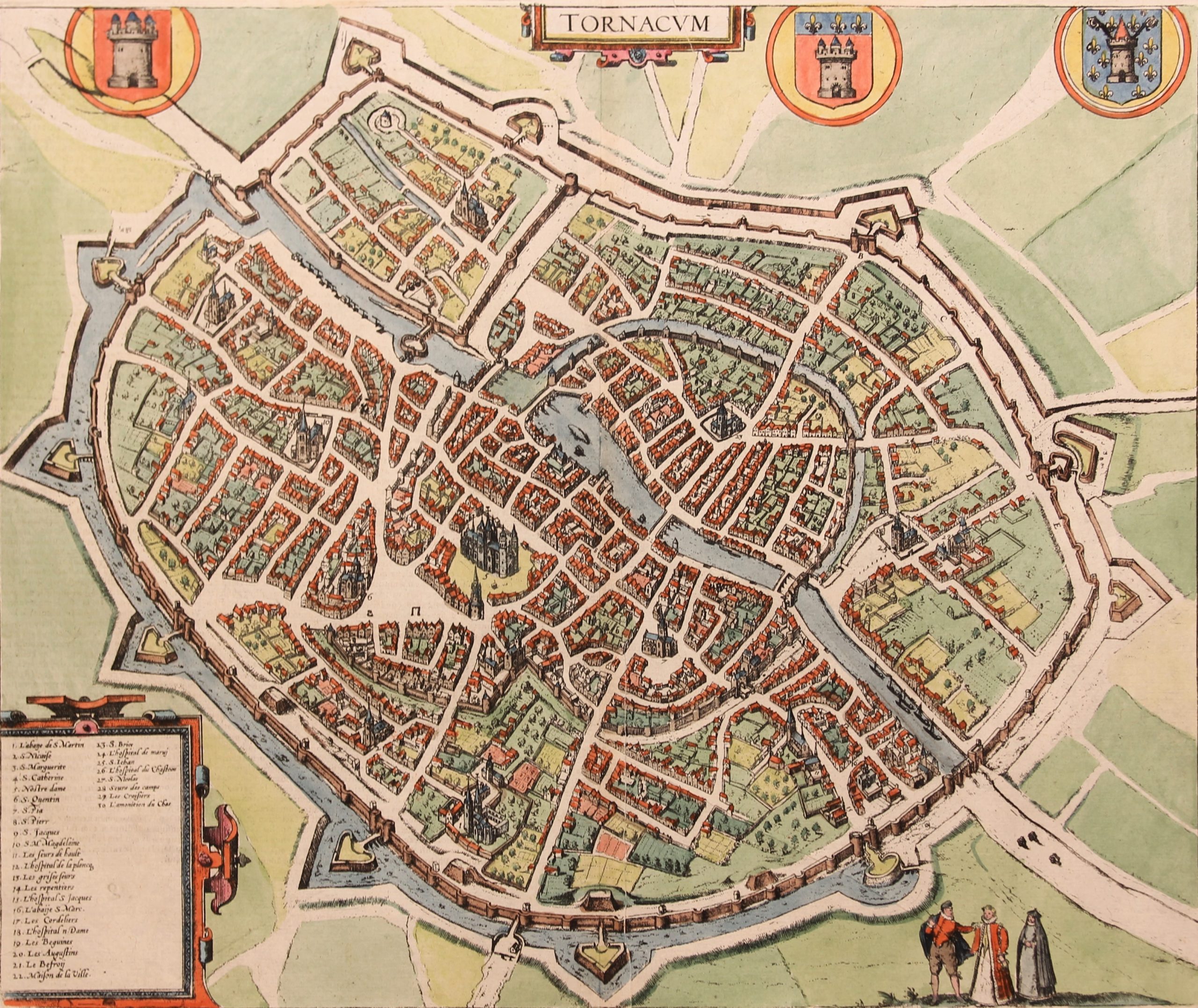
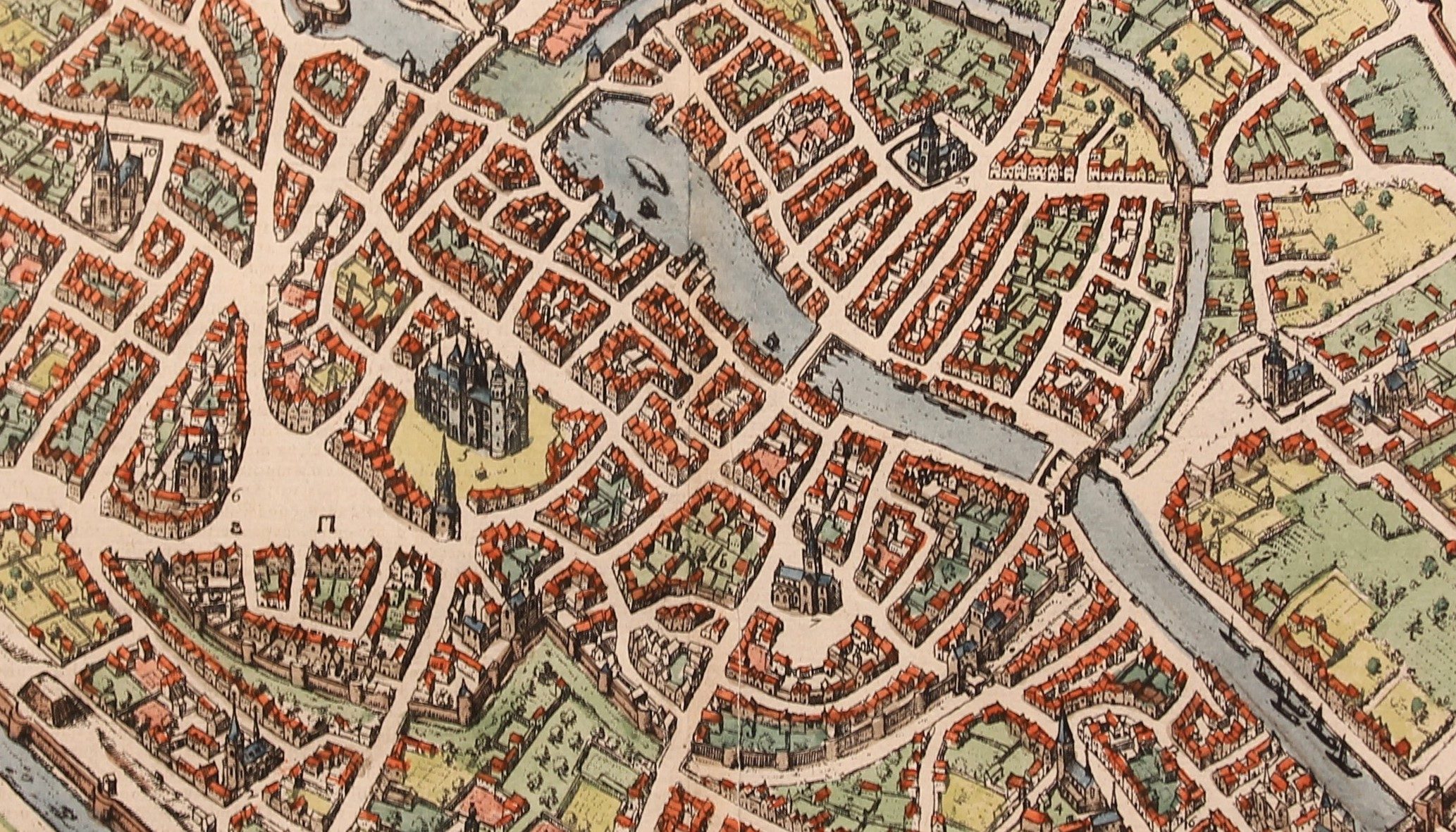
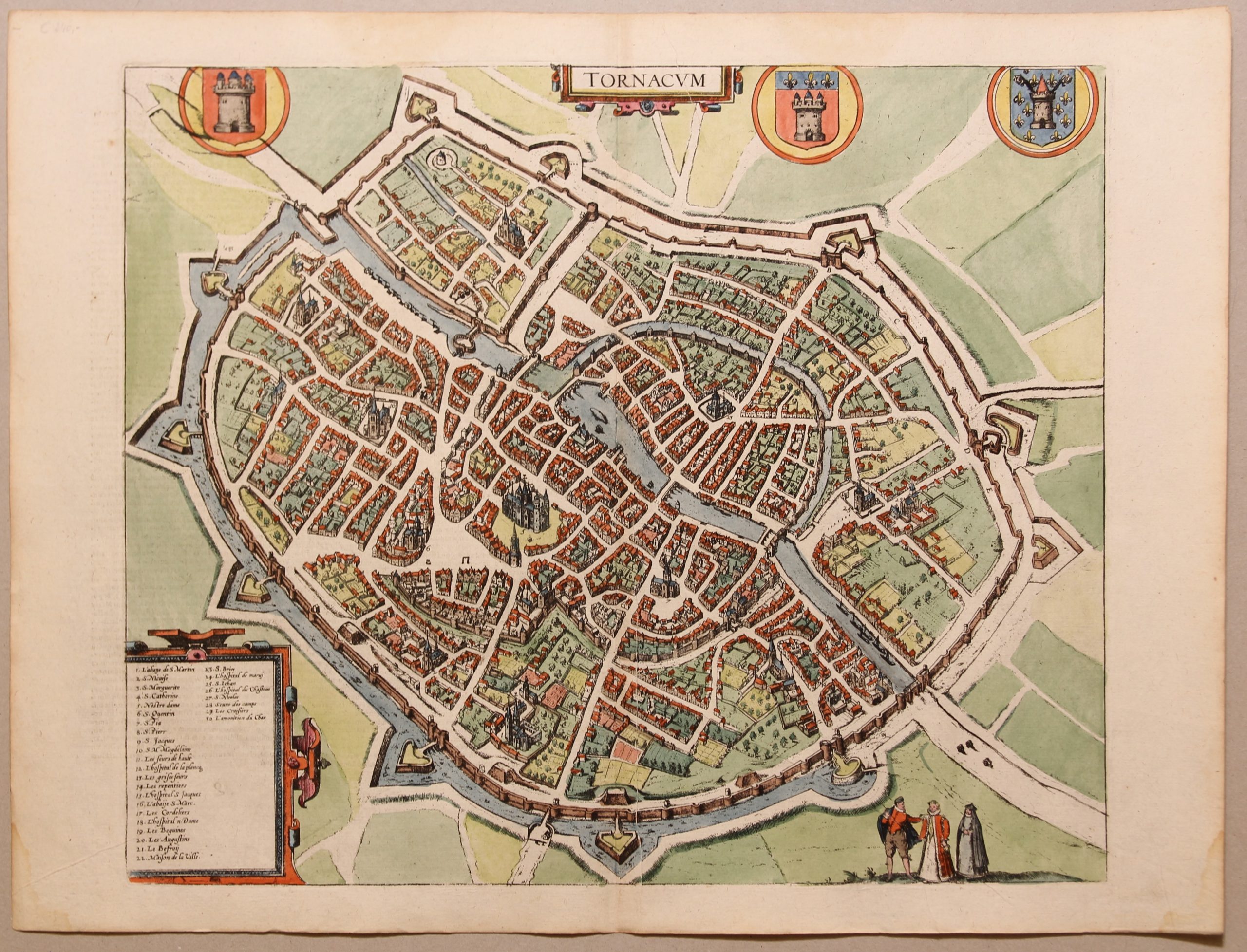
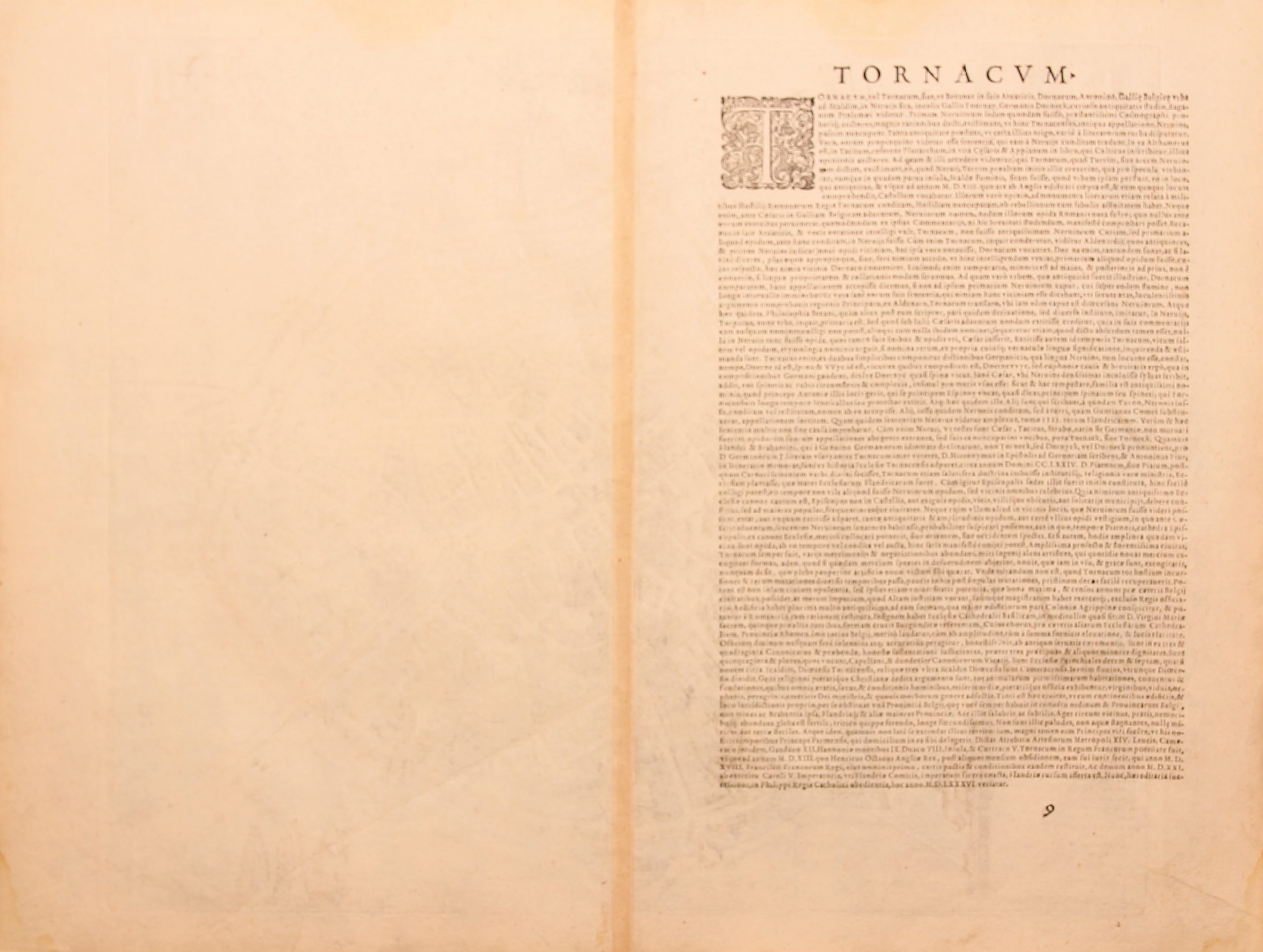
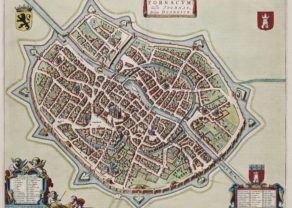
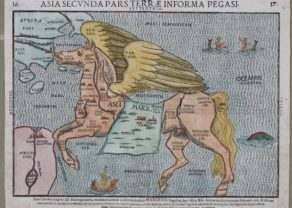
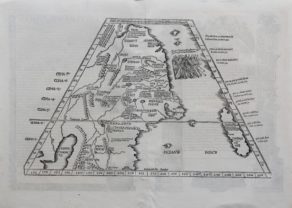
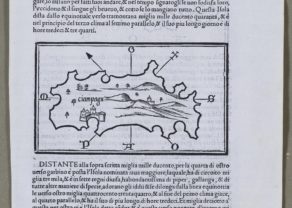
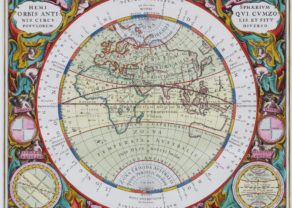
Commentary from Braun
“Tornacum or Turnacum is a city in Gallia Belgica, situated on the Schelde in the territory of the Nervii, called Tournai by its French inhabitants, but Dorneck by the Germans. Tournai has always been a large and powerful city, with an abundance of goods and commercial activities and wonderfully resourceful craftsmen, who invent new articles every day, and although some of these go out of use they constantly conceive of other new things, both useful and delightful, so that they have at all times something that provides work and a means of livelihood for the poor.”
Taschen on Tournai
This is a bird’s-eye view from the south of the city, which is fortified with a Renaissance-style moat and wall with projecting bastions. The Old Town wall, dating from 1290, can be seen inside the city. The 12th-century Gothic cathedral of Notre-Dame (5) stands out in the centre , the most important and influential church building in Belgium. Tournai is one of Belgium’s oldest cities. A formidable stronghold as early as the 4th century AD, it was the main centre of the Salian Franks until the mid-5th century. Tournai became an episcopal see at the beginning of the 6th century, and belonged then to the Count of Flanders, and from 1188 to France. In the 15th century the city flourished economically and culturally as a result of its tapestry industry (Rogier van der Weyden, among others). In the Treaties of Madrid and Cambrai (1526/29), France had to cede Tournai to Charles V and it thus became part of the Spanish Netherlands.